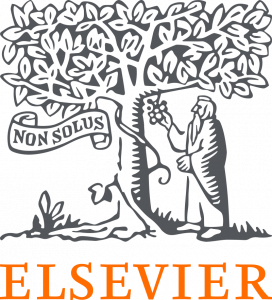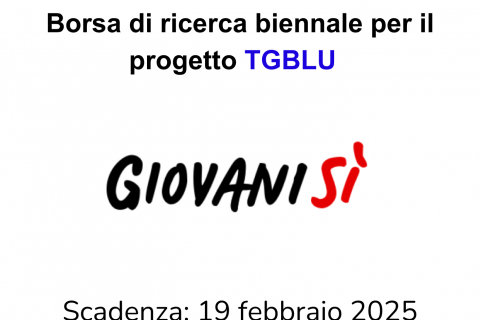A threat analysis for the world’s most threatened turtle (Rafetus swinhoei)
ABSTRACT
We conducted a comprehensive threat analysis of the Swinhoe’s softshell turtle (Rafetus swinhoei), the most endangered freshwater turtle in the world, historically occurring along river systems in Vietnam and China, but currently almost extinct. Here, our goal was to identify the pressures along two main rivers in Vietnam (Black and Red rivers, both extending into Yunnan, People’s Republic of China), building a conceptual framework to understand the causal relationships among driving forces, threats, and the target species. We involved a panel of experts who identified two priority direct threats in Vietnam, classified following the IUCN standard taxonomy, and showing the highest Magnitude (as a proxy of threat pressure): (i) Habitat loss at nesting sites (LOS; code 1.2 – Commercial & industrial areas) and, (ii) Land conversion due to settlements (LAN; code 1.1 – Housing & urban areas). Threats showed a comparable (i.e., not significantly different) Magnitude in the two rivers (Mann-Whitney U test). Experts also identified the underlying driving forces behind these threats: (i) demographic drivers (due to a rapid population growth in the last decades) causing LAN and LOS, as the priority threats, but also sand mining, and water pollution; (ii) economic drivers induced by high poverty in local populations and causing harvesting (fishing activities and related markets), the needs of power supply for economic activities (e.g., dams), and recreational activities; (iii) ethical drivers linked to conservation project teams (limited funds and divergent points about strategies to carry out). Preliminary data for China suggest HAR (Harvesting by native fishers; code 5.4) and POL (water pollution; code 9.2) as priority threats. Threat analysis is an useful tool in the early stages of a conservation project during the context analysis, helping to define priorities for conservation and management.
Autori:
Luiselli L. , Le Duc O., Pham Van T., Nguyen Xuan T., Bui Dang P., Kuchling ., Leprince B., Shi H., McCaskill L., Giovacchini P., Marsili L., Walde A. D., Battisti C.

Link all’articolo:
https://www.sciencedirect.com/science/article/abs/pii/S1617138124000268








